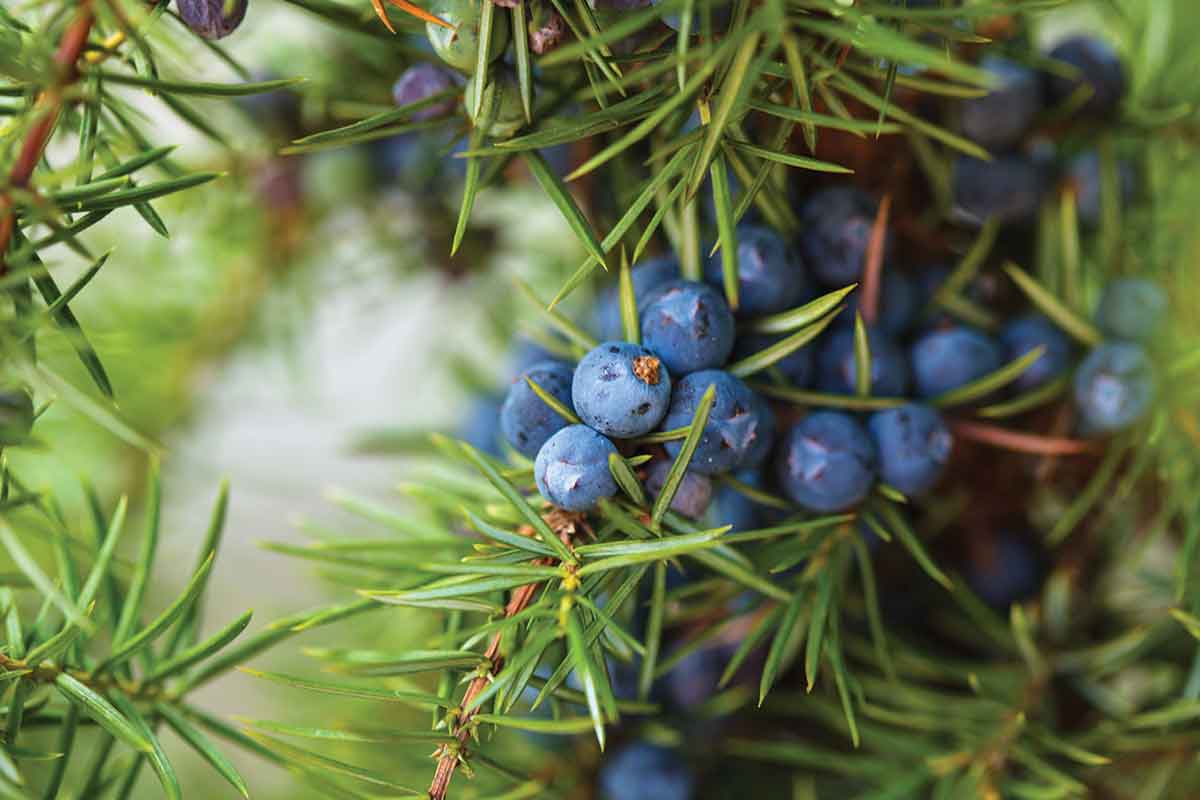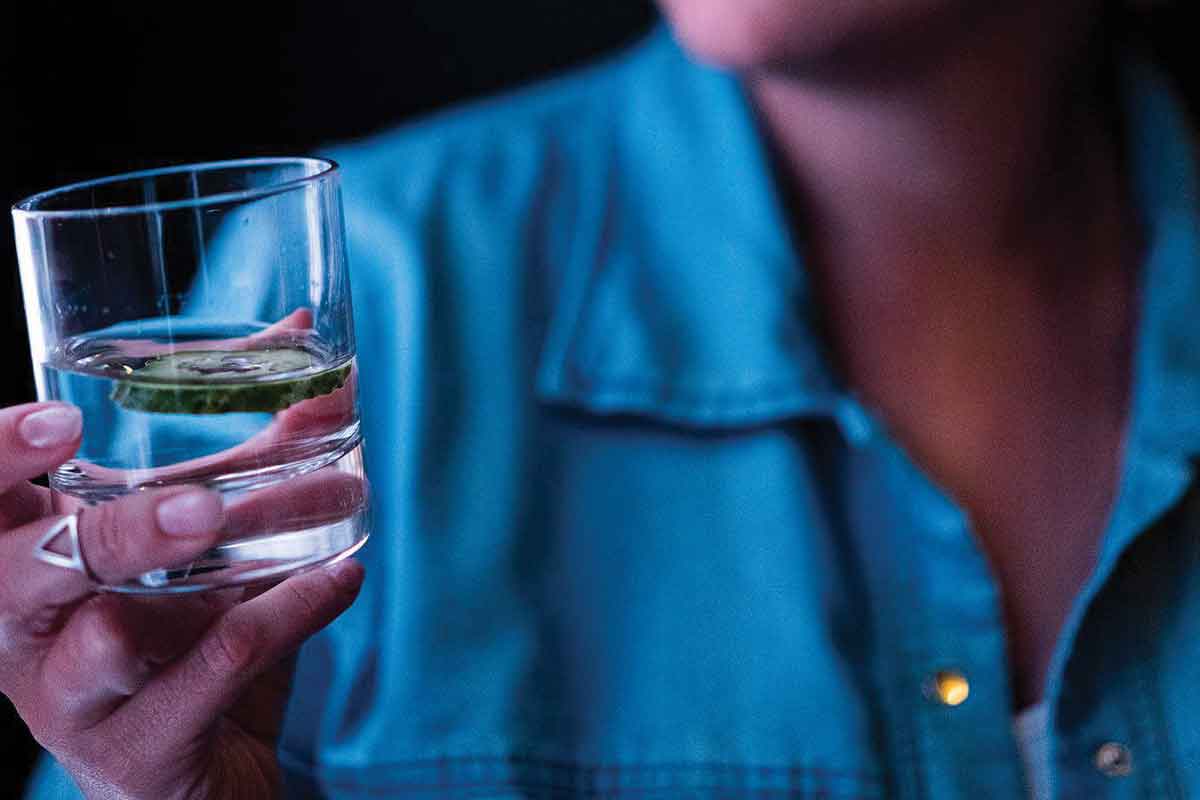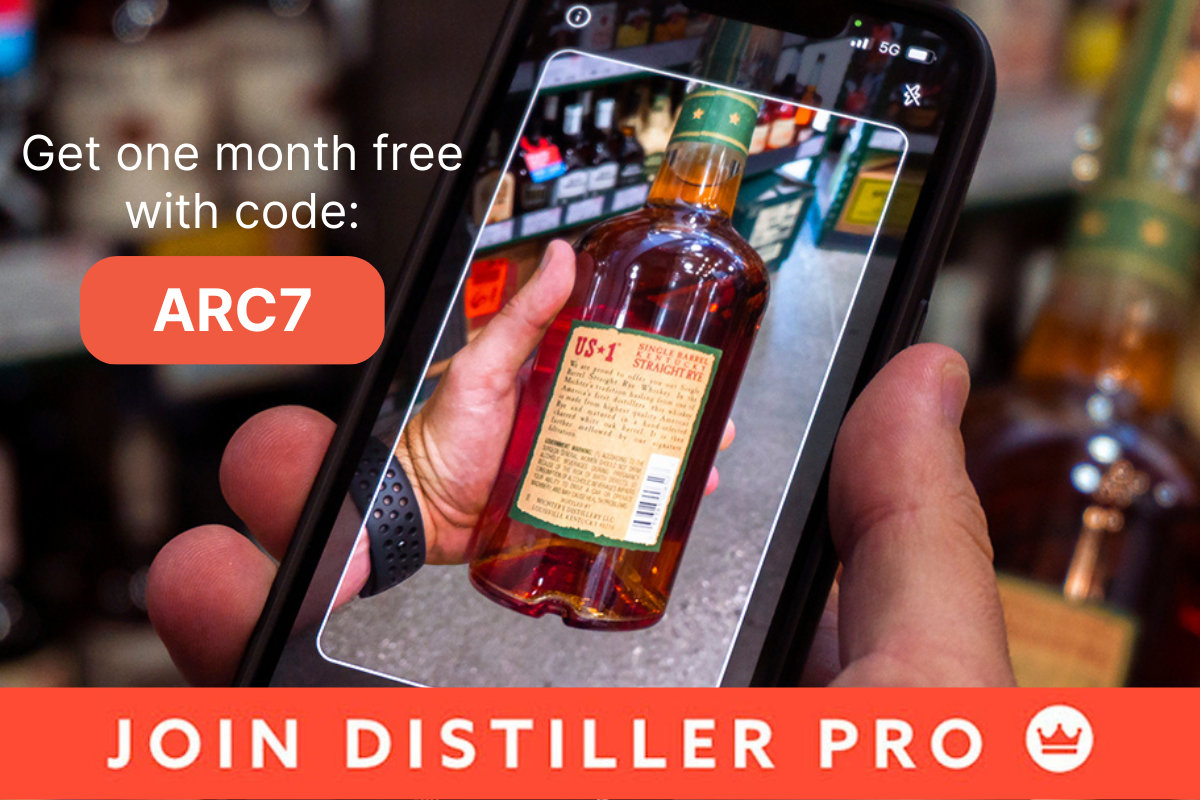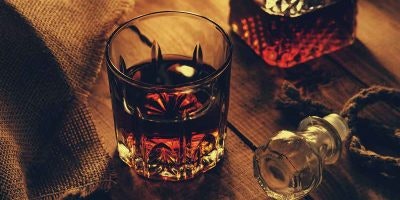As much as we love whiskey, we have a soft spot in our hearts for gin. For one thing, it’s a versatile spirit that can be enjoyed in a variety of cocktails. And secondly, compared to moderately aged whiskeys, it is an affordable purchase rarely exceeding the $50 mark. That means that there are hundreds, nay thousands, of brands to choose from. But before you head out to your local liquor store to pick up a bottle, it’s a good idea to know how to read a gin label. This way you can have a better idea of what’s inside the bottle. In our gin guide below, we’ll break down the different gin styles and recommend a few brands to get you started.
Gin Basics
Like whiskey, gin can be made anywhere in the world. And while there aren’t quite as many gin styles as there are whiskey styles, our gin guide will go over a few key ones to know. Of course, each style will have its differences, but they all have at least one thing in common: juniper berries. It is a required ingredient which provides the piney, oily flavor that folks love (or hate) in gin.

The base spirit is almost always a grain neutral spirit, but this isn’t necessary. Aside from grains, other ingredients used for the base spirit include beets, molasses, grapes, and even potatoes. Gin is almost always clear, save for some aged and flavored expressions. It’s an ingredient in classic cocktails such as the Martini, the Negroni, the Gimlet, and of course, the Gin & Tonic. It’s best to have at least one bottle on hand so you can whip one up whenever the mood strikes.
Common Botanicals
Aside from juniper berries, gin makers are free to use any botanicals they desire. Botanicals are ingredients such as roots, seeds, fruits, berries, flowers, spices and herbs. They can be introduced during the distillation process by steeping and/or infusion. The more traditional botanicals include angelica, coriander, citrus peels, cassia and orris root. Of course, this is very much not an exhaustive list.
London Dry Gin
Although London Dry Gin seems like a gin that’s made in London, the term on a label is simply a method of production not a geographic indicator. The nomenclature was meant to differentiate the gin style from Hollands Gin (also known as Genever). It also is meant to indicate that the gin was dry, not sweet.
London Dry Gin entered the market in the 19th century around the introduction of the Coffey Still which produced a lighter and more neutral spirit than Hollands. At the time, London had many gin distilleries so London Dry Gin entered the lexicon. But don’t forget that it can be, and is, made around the world.
Technically speaking, no artificial flavors or colors can be added to London Dry Gin. Only water, neutral grain spirit and sugar (no more than 0.1g/L) can be added post-distillation.
Classic London Dry Gin brands include Beefeater and Tanqueray. Among the new classics we recommend Sipsmith and Junipero, the latter of which has been made in San Francisco since 1996.
Modern Gin
While a gin guide published in the late 20th century wouldn’t have included modern gin, its popularity over the past twenty years demands that it be included here. Modern gin (also known as contemporary, new American, or even new western) isn’t legally defined. Alas, it is rare to even see these terms on a label. But in general, modern gin places less of an emphasis on the flavor of juniper (of course, it’s still a required ingredient).

In addition, many modern gins feature botanicals not typically used in London Dry. In fact, some modern gin producers go a step further and highlight botanicals grown in the region their gin is produced.
Production-wise, modern gin can be made in the London Dry style or it can be a distilled gin which allow flavors (natural or artificial) and/or sugar to be added post-distillation. Some helpful things to look for on the label are the list of botanicals, the country of origin, and a suggested serve.
Modern gin brands to try include Hendrick’s, The Botanist, Roku Gin and St. George Terroir.
Navy Strength Gin
Once upon a time, the British Royal Navy traveled with barrels of gin (and rum) onboard. Since these spirits were often kept near the gunpowder, it was important to make sure that their gunpowder would still ignite should the barrels break due to battle or stormy seas. Their method of “proofing” the gin was to mix a little with some gunpowder to see if it would still ignite when lit. If it didn’t, the gin was determined to be weak.
Eventually, the Navy modernized the method of proofing using a hydrometer and settled on a true British Navy Strength to be 54.5% ABV. For reasons that are too long to get into (google “British Imperial proof” if you’re interested), many producers set their Navy Strength gins to be at 57% ABV. Either way, Navy Strength Gins add a bit more punch to your cocktails. Try in a Martini!
Brands to seek out include Plymouth Navy Strength, Perry’s Tot Navy Strength, and Hayman’s Royal Dock.
Old Tom Gin
Old Tom Gin is another gin style that isn’t legally defined. However, this style generally is lightly sweetened and not terribly juniper-forward. Also, some producers age their gins, but typically it is a brief maturation. Its popularity has ebbed and flowed over the years, but it has made a small resurgence in the 21st century.
Availability is generally limited, but we recommend Barr Hill Reserve Tom Cat, Citadelle Old Tom and Greenhook Greensmiths Old Tom.
Barrel-Aged Gin
As the name suggests, barrel-aged gins spend some time in barrels. However, there isn’t a requirement as to either the time or type of barrel. Generally speaking, they’re aged for not more than a few months. Used whiskey are often the barrels of choice. As a result, the color of the gin is usually light brown. Try barrel-aged gins in an Old Fashioned cocktail or in other whiskey cocktails.
Look for Bluecoat Barrel Finished or Koval Barreled Gin.
Flavored Gin
Much to the chagrin of die-hard gin fans, flavored gins have entered the chat and therefore, our gin guide. As gin itself is a flavored vodka, albeit a juniper flavored one, this category isn’t totally out of left field. Flavored gins will feature the dominant flavor(s) on the label, generally in its name, and they can be natural or artificially added. Also, many flavored gins have a light/moderate color to them, again added naturally or artificially.
Try Tanqueray Sevilla Orange or Four Pillars Bloody Shiraz which is flavored with Australian Shiraz grapes.
How to Find Your Perfect Gin Bottle
Filtering by category in the Distiller app allows you to browse each gin style individually. Plus when you upgrade to Distiller Pro you can scan bottles on the go to quickly browse reviews, flavor profiles and more. As an exclusive article discount we’re giving you a free trial month when you use code ‘ARC7’ at checkout.
Discover flavor profiles, read reviews, add your favorites to lists and more! Download here.
With Distiller, you’ll always know what’s in the bottle before you spend a cent. Rate, Review and Discover spirits! Head on over to Distiller, or download the app for iOS and Android today!



